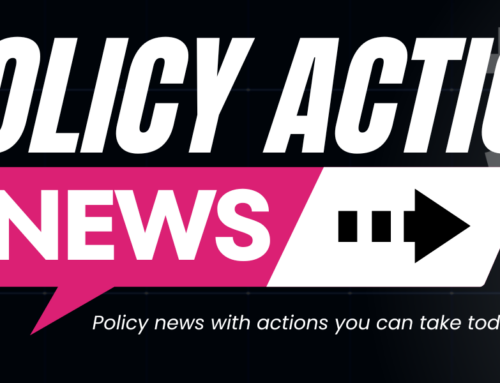- in an ongoing sexual relationship with a partner living with HIV
- gay or bisexual men who have had condomless sex or been diagnosed with an STI in the past six months, and who are not in a mutually monogamous relationship with a partner who recently tested HIV negative
- heterosexual men or women who do not always use condoms when having sex with partners known to be at risk for HIV (e.g., injection drug users or bisexual male partners of unknown HIV status) and who are not in a mutually monogamous relationship with a partner who recently tested HIV negative
- have within the past six months injected drugs and shared equipment or been in a treatment program for injection drug use
May 15, 2014 — Yesterday, the U.S. Centers for Disease Control and Prevention (CDC) took a major step towards advancing sexual and reproductive health, rights, and choice, by releasing guidelines for the use of a daily HIV prevention pill: Truvada as pre-exposure prophylaxis (PrEP) for those who may be at risk for acquiring HIV.
Prevention justice for women means access to a range of HIV prevention options and tools which put the choice to reduce risk directly in the hands of women and which expand sexual pleasure, sexual health, and reproductive and family planning choices for people living with and vulnerable to acquiring HIV. PrEP provides an opportunity to reduce the impact of social inequities and inequitable power dynamics within relationships.
These new CDC guidelines are important for women: Not only are these the first such national guidelines issued anywhere for PrEP use, but according to a study by Gilead, the maker of the medication, nearly half of PrEP prescriptions in the U.S. to date have been issued to women.
Anna Forbes, who staffs the U.S. Women and PrEP Working Group (a national advocacy coalition of women’s health advocates, health care providers and researchers) commented: “Those women’s PrEP prescriptions are being written mostly by nurse practitioners and infectious disease specialists. Women can’t always insist that their male partners use condoms. Education about PrEP and this CDC guidance will enable health care providers to offer PrEP to women looking for another HIV prevention option — one that they can control. That’s a step forward for women.”
An article published earlier this year in the journal Women’s Health Issues, and written by Forbes and several PWN-USA leaders, discusses the importance of considering the lived experiences of women with HIV to maximize the effectiveness of emerging HIV prevention technologies.
The new CDC guidelines state that the use of Truvada as pre-exposure prophylaxis (PrEP) is recommended for consideration for HIV-negative individuals who are:



